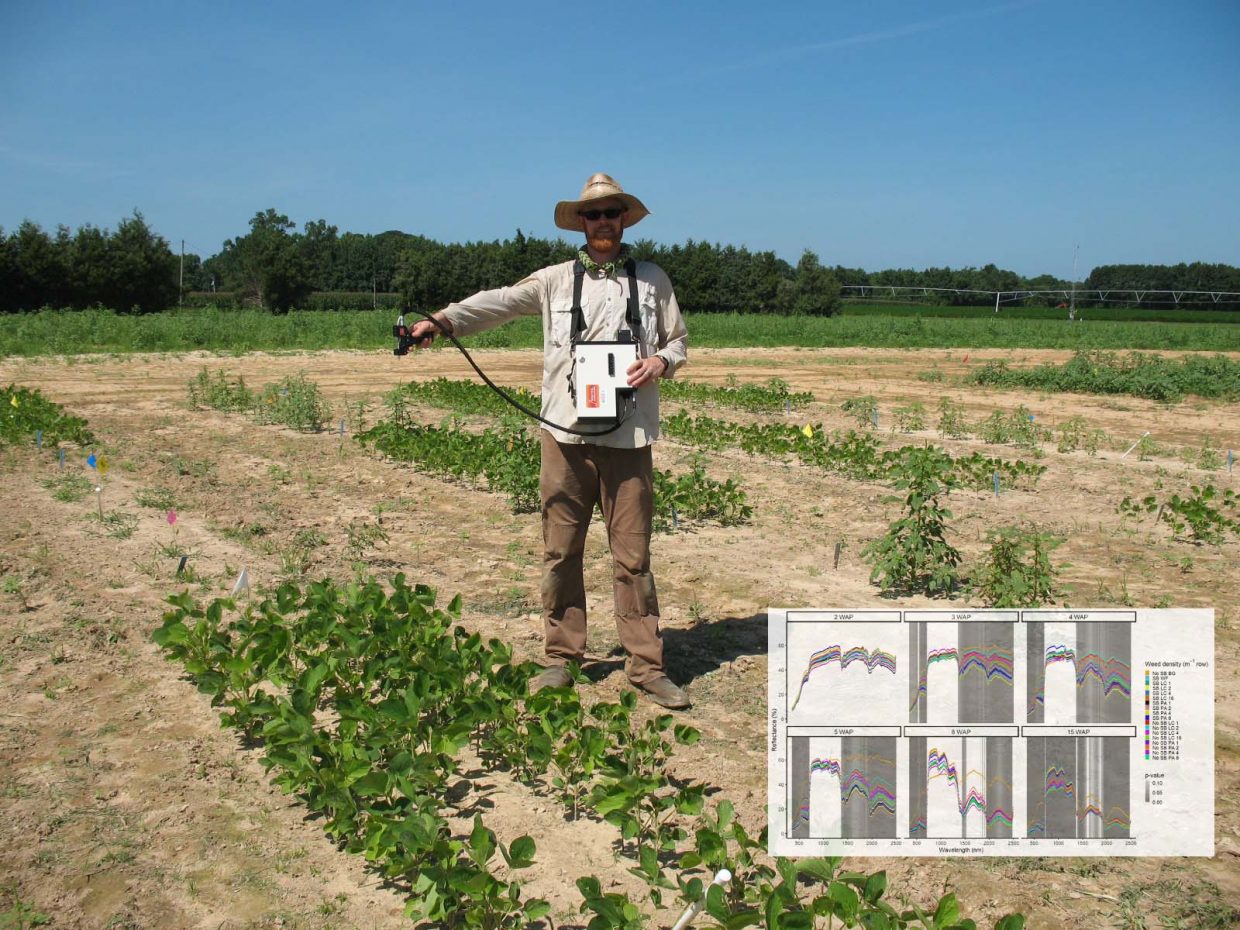REMOTE SENSING: Study explores how to improve weed scouting technologies
Scouting fields for weeds in person can be a time-consuming process. UAVs and other remote sensing tools may soon be able to automate the process, though. By getting more complete information and getting it faster, growers can then develop targeted, site-specific management plans that reduce both crop loss and the need for herbicides and tillage.
Previous research has focused on the ability of sensing technologies to detect and differentiate weed species. It hasn’t, though, addressed how variations in weed density and changing environmental conditions can impact the results.
In an article featured in the journal Weed Science, a university research team discusses their effort to fill this research gap. Over two years, they planted and monitored test plots with varying densities of Palmer amaranth and large crabgrass – both with and without soybean crops.
They discovered that the light reflections used by sensing technologies to detect and identify weeds are dynamic throughout and between growing seasons due to variable rainfall and other environmental changes. Reflective properties were also shown to vary by weed species and weed density.
The authors say these differences in the magnitude of light and in how it is absorbed or reflected can be used to build algorithms and sensor platforms that can more accurately scout for weeds in crop fields.
Want to know more? You can read the article “Detection of Palmer amaranth (Amaranthus palmeri) and large crabgrass (Digitaria sanguinalis) with in-situ hyperspectral remote sensing: Effects of weed density and soybean (Glycine max) presence”, freely available for one month.







